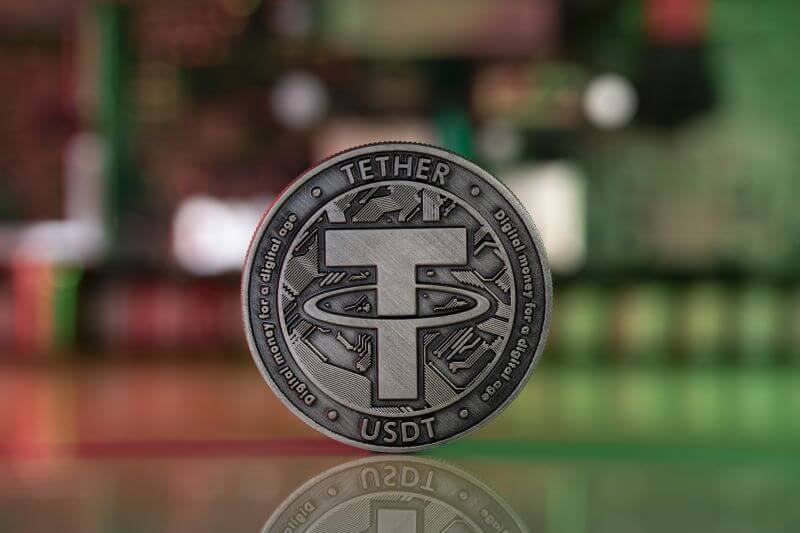Stable Coins as the name clearly suggests, are cryptocoins or cryptocurrencies that are stable in nature, meaning their price doesn’t move up or down very much. These types of coins are usually backed by a fiat currency like the U.S. Dollar. But, what are stable coins and what really makes a coin stable. And why should you care?
This article explains all you need to know about stable coins. By the end, you will be able to distinguish between them, and other cryptocurrencies. You’ll also get to know why they are useful in the crypto space.
As someone whose first cryptocurrency was a stable coin, DAI, I might be biased on some of the advantages of stable coins. But you can be assured that I am only going to state the use cases and the real facts behind these stable gems.
How does the crypto market define a stable coin?
“A stablecoin is a digital currency that is pegged to a “stable” reserve asset like the U.S. dollar or gold. Stablecoins are designed to reduce volatility relative to unpegged cryptocurrencies like Bitcoin.”
Coinbase
As mentioned in the definition above, stable coins were first created to solve the problem of price volatility of cryptocurrencies like Bitcoin and Ethereum, but as of now there are many more use cases for stable coins, and solving volatility is only part of the puzzle.
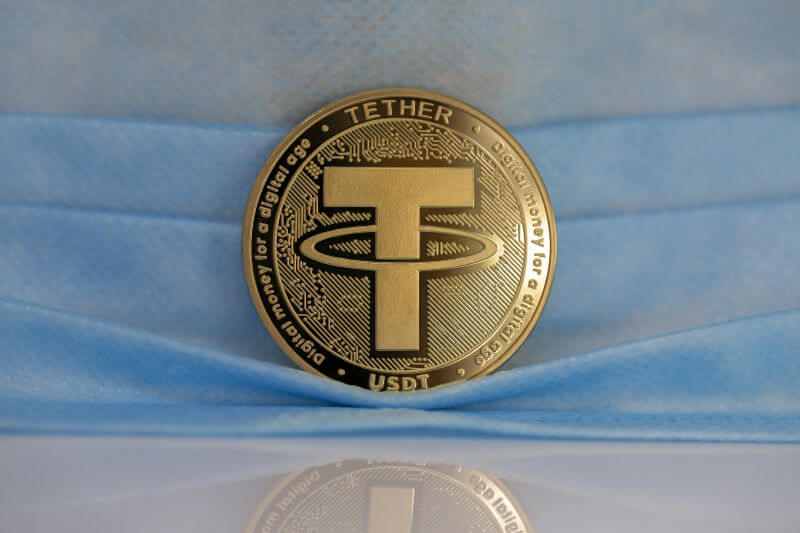
Since 2018, there has been a massive increase in the number of stable coin projects, most of them being Fiat backed stable coins like Tether and DAI whose stable value is attached to the United States dollar. Each cryptocoin is backed by $1.00 which is held in a reserve bank account somewhere else.
Gold Backed Stable Coins
But there is a decent number out there right now that are backed by other things like Gold. In fact, the gold backed stable coin market seems to be growing rapidly. A Binance report published that 96 percent of institutions surveyed were using stablecoins in 2019. That is an outrageous percentage for something that has been around less than a decade, although most of the coins where Fiat backed stable coins, and the report never stated the use cases.
However, stable coins have proven to be a good alternative to fiat currencies and their traditional banking systems, which impose hefty charges for transactions.
Many stable coins help in depositing and withdrawing money by reducing the cost of charges and drastically improving the speed of transactions. But there are also down sides, currently, only very few stable coins have any kind of regulated status.
This may soon become a problem since many government agencies like FinCEN (Financial Crimes Enforcement Network) want to regulate the use of stable coins. Their recent statement said that stable coins should be regulated because they represent a form of money transmission.
This will likely make stable coins look a little bit like traditional bank money, since these projects will be forced to request KYC (Know Your Customer) on all their customers and also do mandatory anti-money laundering checks, which is kind of straying away from the original advantage of cryptocurrency; that is “Freedom and Decentralization”.
Types of Stable Coins
There are three main types of stable coins.
- Collateralized stable coins
- Fiat-backed stablecoins
- Crypto-backed stablecoins
- Asset-backed stablecoins
- Non-collateralized stablecoins and
- Hybrid coins.
Collateralized stable coins
These types of stable coins are always pegged to other assets like the US Dollar. There are several types of collateralized stablecoins.
A “collateralized stablecoin” is a stablecoin that is entirely or almost entirely backed by collateral held in a reserve. … The collateral is used to provide holders of the token with an opportunity to redeem the tokens for U.S. dollars or other assets that can then be used in the real world.
Coinmarketcap
Fiat backed stable coins
These types of stable coins are the most common and were the first ones created. USDT – Tether is an example of this type of stable coin. It is pegged to the United State dollar and backed by reserves representing the total market capitalization, but due to its failure to produce full audit documentation that could prove it was fully collateralized by the equivalent US Dollar value, it has been heavily criticized. Having said that, it is still the most commonly used stable coin for buying crypto with fiat-backed crypto.
There are other stable coins like True USD – TUSD and the Gemini dollar (GUSD) that may prove to be less risky due to the fact they provide full audit documentation.
A newer and very popular stable coin in the US is USDC. This crypto stable coin was born out of a partnership between Coinbase and the Goldman Sachs project payments platform Circle. As with other cryptocoins in the category, each USDC is backed by $1.00 in reserves. To learn more about USDC go here.
Crypto backed stable coins
Crypto backed stablecoins are backed by cryptocurrencies but implement protocols to make sure that the value does not fluctuate with the price of the token that is backing the stable coin.
An example of this type of stablecoin is DAI, which happens to be the first cryptocurrency that I received.
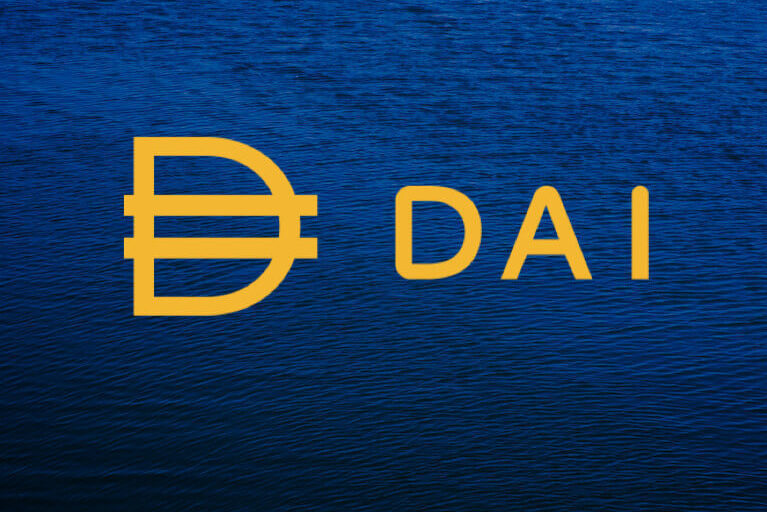
DAI is a digital dollar on the Ethereum blockchain, controlled by code. DAI is a stablecoin pegged to the United States dollar and is an ERC-20 token created on the Ethereum blockchain. The price of DAI is managed via the MakerDAO smart contract. What that means is that Maker creates and destroys MKR tokens depending on the price of Ethereum to keep the DAI coin stable. For instance, when the price of Ethereum goes up, Maker destroys the MKR tokens to keep the stable coin equivalent to 1 USD and then when the price of Ethereum drops, it creates more MKR.
Smart Contracts and ERC-20 Tokens
These types of stable coins are few compared to the fiat backed coins. As you might imagine, this is mostly because they are difficult to create.
A new addition to the stable coin market is one called ‘Money on Chain’ which is a stable coin backed by bitcoin. It’s the very first stablecoin that is backed by Bitcoin and it runs on the Bitcoin blockchain via the RSK smart contract.
Similar to DAI’s 2-token architecture, ‘Money on Chain’ incorporates a 3-token structure. Let me explain.
⁃ The Dollar on Chain (DOC) is exactly what the name suggests. A coin with a stable value of $1.
⁃ The BitPro tokens (BPRO) follows the volatility of Bitcoin’s price. BPRO token holders sell that volatility to traders looking for leverage in a decentralized derivatives exchange. Thus, BPRO is even more volatile than bitcoin, but it earns the holder passive income from leveraged operations made by traders in the decentralized exchanges (DEX).
⁃ MOC is the governance token that also functions as a gateway to participate in core system roles, like running an oracle. Oracles are used to introduce data from outside the blockchain into the network. For example price feeds.
Asset backed stablecoins
These are stablecoins backed by real world assets like gold, silver or even oil. They are new in the market but have a potential to expand. These stable coins are pegged to an asset instead of a currency. For example a gold-backed cryptocurrency links a stablecoin token to a fixed quantity of gold; 1 gram of gold = 1 stablecoin token.
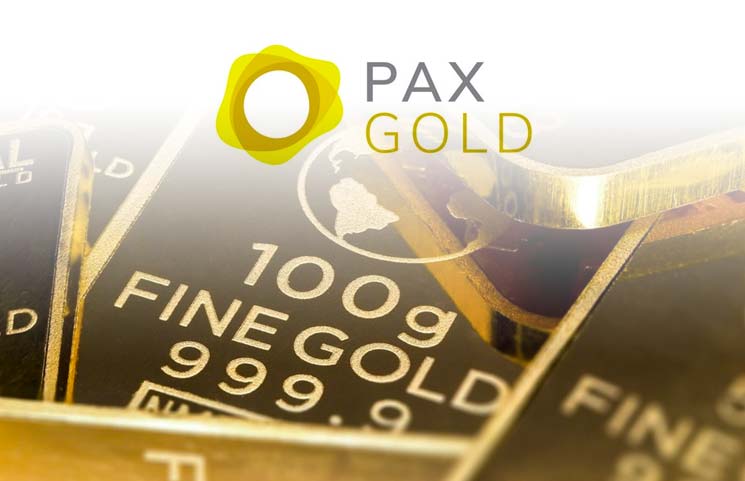
Another asset backed stablecoin is Digix, which is backed by the value of Gold. Here are other examples of gold-back cryptocurrencies.
- Paxos Gold (PAXG)
- Perth Mint Gold Token (PMGT)
- Tether Gold (XAUT)
- Meld Gold (MELD) by Algorand
Other notable asset backed coins include the PETRO which is backed by Oil in Venezuela.
Non-collateralized stablecoins
These are also referred to as Algorithmic stable coins. Stablecoins in this category are somewhat like Fiat currencies, because they are not backed by any asset, rather, they get their value from supply and demand.
The main difference between these coins and government issued fiat currencies is that the Central banks control the supply of Fiat currencies but Non-collateralized coins are controlled through algorithms and through a decentralized governance model. Bitbay is decentralized, non asset-backed, and most notably, a democratic system. It is meant to reduce volatility, without anchoring the price to any one point.
This type of stablecoin is rare compared to other stable coins. Bitbay is the only notable example.
Hybrid stable coins
Hybrid coins uses a combination of the best features of two or more stablecoins to create a more complex stable coin by combining them into an algorithmic stablecoin model. This type of stablecoin holds value from being partly an asset and partly an algorithm. This type of stablecoin is complex and difficult to understand.
FRAX, the world’s first hybrid USD-algorithmic stablecoin, is bringing its US dollar-pegged stablecoin to Avalanche’s decentralized finance (DeFi) ecosystem.
FRAX employs a hybrid, fractional-algorithmic model that combines the best qualities of 100 per cent fiat-backed stablecoins and pure algorithmic stablecoins. It seeks to be the first stablecoin protocol to create scalable, trustless, stable, and ideologically pure on-chain money
https://www.hedgeweek.com/2021/03/09/296885/hybrid-usd-stablecoin-frax-expands-avalanche
Summary
Stablecoins are great when you want to buy a cryptocurrency with your fiat dollars but the exchange that offers the crypto you want to buy only has a stablecoin pairing (BTC/USDT) and not a fiat pairing (BTC/USD). To buy BTC with USDT you would first have to buy USDT. Fortunately, you can now buy both USDT and USDC stablecoins on Coinbase with US dollars.
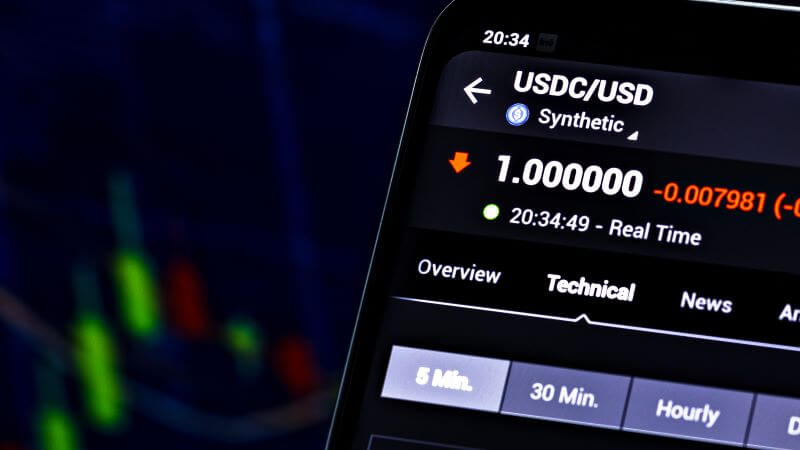
It’s important to note that not all stablecoins serve the same purpose, so it’s important to carefully decide what you intend to use your money for before using it on a stablecoin. Do you want to buy a crypto on an exchange that only offers a stablecoin pairing or do you want to earn interest in a DeFi app like Blockfi?
So far, we have talked about how stablecoins inherit their value either from a currency, an asset, or through algorithms and voting processes. When deciding on a stable coin, you must first ask yourself,
1) How does the stablecoin maintain its value? Is it backed by an asset or currency, or it is based on algorithm.
2) Next you need to consider are the people behind the project trustworthy.
3) Lastly, you will want to see if there’s a strong community behind it, since a strong community indicates more trust and also indicates that the project is growing.
To learn more about cryptocurrencies, sign-up for one of our courses. To track your progress create an account.
Buy Crypto On Coinbase

